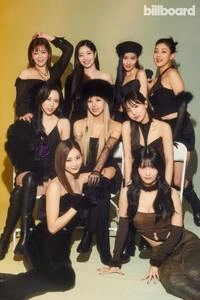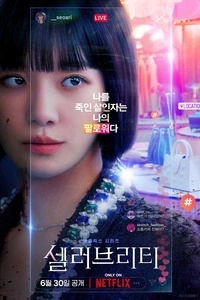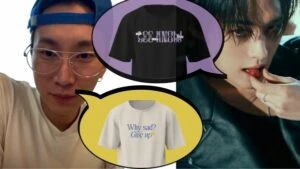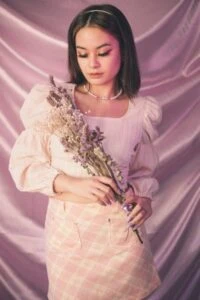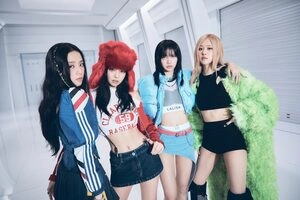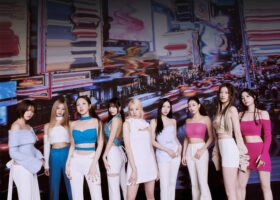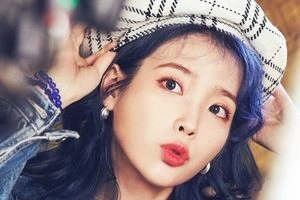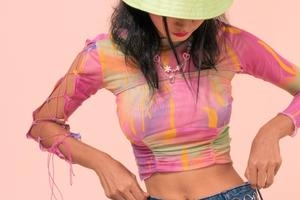01/06/2021
Korean Fashion History Timeline: from Joseon to the K-fashion Boom
The world of South Korean fashion that we have grown to love has come a long way. History and cultural influences have played major roles in the evolution of Korean fashion, and societal progress seems to dictate trends. From the traditional hanbok dating back to the Joseon era, to its reimagination over the years and the integration of foreign tendencies. There is much to be said about how the Korean fashion timeline has accompanied the Korean people.
Although it may be hard to imagine, there once was a time when Korean culture was not at the frontline of global popularity. Kpop and Kdrama stars, beauty bloggers, and social media influencers may have pushed Korean fashion onto the mainstream, but it could never be what it is today without those who came before them.
And to help you learn more about this wonderful evolution, we’ve summarized the Korean fashion timeline. Hopefully, by the end of this article, you will have a newfound appreciation for Korean fashion and culture in general.
Without further ado, let’s get started!
1. Fashion of the Joseon Era
2. The Japanese Occupation
3. The Aftermath of the Korean War
4. Birth of K-Beauty & Youth Movements
5. The Legacy & Impact of Kpop
6. The Korean Fashion of Today

Fashion of the Joseon Er
If you are a Kdrama enthusiast, you have undoubtedly heard about the Joseon era (1392-1897). This was an age in which the traditional Korean hanbok was all the rage. In fact, it was worn every day by the wealthiest families.
The hanbok is essentially a style that combines a blouse and a loose skirt or pants – depending on the gender of the user. The predominant colors for hanbok were red, yellow, blue, black, and white. The less wealthy people would also typically own one, which was only worn at traditional events and celebrations.
In regards to makeup, they kept it very simple and muted. They used only natural materials to achieve the ‘effortless’ look. Both men and women wore buns, the first atop of their head and the latter just above the neck.
But the end of the century coincided with the arrival of western people and the Japanese, which introduced some very drastic trend changes.
The Japanese Occupation
The Japanese occupation of Korea in the early 20th century enforced new styles and trends that derived from western influence. The colonial government pushed modernization, which caused the traditional style to fall out of fashion. In actuality, any nods to Korean tradition were prohibited, even the notorious hanbok. In addition, the typical top buns worn by men (which were symbolic of marriage) were now cut and suits became very commonly worn.
The women also began to wear pants and new hairstyles reminiscent of the western ‘flapper’ style of the roaring ’20s. Accessories and slightly heavier makeup were also introduced to the mainstream. This all coincided with the surge of working women, who mostly worked as phone operators or factory workers. The Japanese also prioritized literacy, pushing to have as many people educated as possible.
But the fashion turned military upon the Second World War, a trend that stuck through the Korean liberation leading up to the Korean War.
The Aftermath of the Korean War
We can think of the period following the wars as the rebirth of traditional style in the Korean fashion timeline.
The country was in a state of extreme poverty, and many people struggled to even feed themselves. As a result, the general public started to use what they could salvage from the ‘relief support’ donations and adapted it to their liking. Many reimagined military wear for their daily looks. Still, the most noteworthy plot was the return of the hanbok, which had previously been forbidden by Japanese rule.
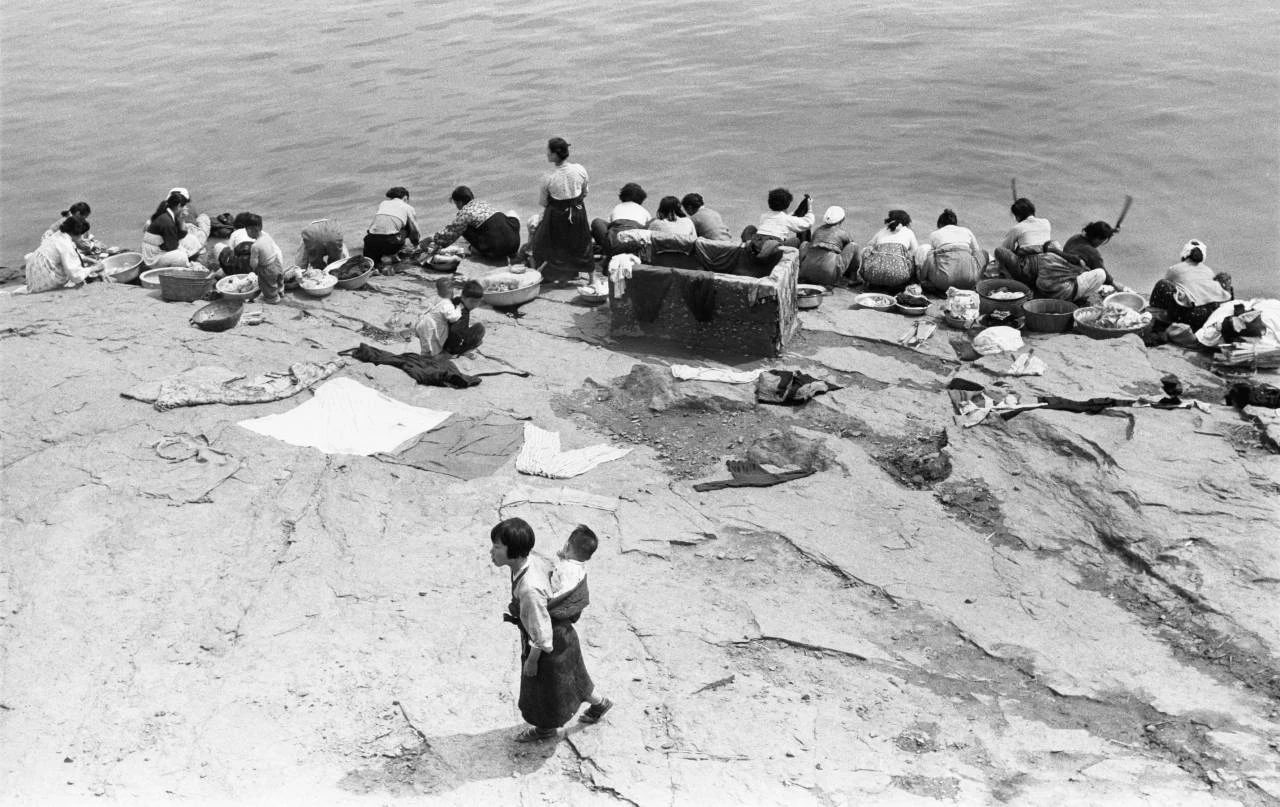
Despite the difficulties Korean society endured, fashion designers started making a name for themselves in the 1950s. A number of American-influenced styles like swimsuits and crimped hair inspired many aspiring fashionistas. Most notably Nora Noh, who is now considered one of the mothers of Korean fashion. She single-handedly put together South Korea’s first fashion show, in which famous actresses of the time and Miss Korea modeled her clothes on the runway.
Birth of K-Beauty & Youth Movements
The South Korean people were no exception to the charm of the Beatles. So naturally, Korean fashion trends continued to be deeply inspired by the West. Designers no longer dictated the trends, as consumers began to favor comfort and flexible clothing which would suit their work. Miniskirts were all the rage and the government promoted the use of nationally sourced materials, temporarily putting a stop to beauty imports. This resulted in the launch of the Korean makeup and beauty industry. As makeup became more widely available to the public, women began to wear it more than ever, and the first modeling schools in the country were founded.
The harsh political environment of the 1970s urged the youth to start a fashion movement that reflected their opposition. Popular hippie staples like bell-bottoms, large sunnies, and hoop earrings reigned the streets for a while. But as the discontent with those in power grew, the fashion evolved. Hems in womenswear became shorter and the clothes became bolder, accompanying the birth of punk fashion in the west.

Clothes became more colorful and western brands made a comeback in the 1980s. Reebok was notoriously popular among the youth, as well as casualwear pieces like jeans and t-shirts. In part, this switch was brought upon by young women who entered the workforce. But the men rapidly followed suit, favoring decade-appropriate trends like denim on denim and bright colors.
The Legacy & Impact of Kpop
Although the majority of the world was not aware of it until recent years, Kpop has been around since the 1990s. Naturally, even the first Kpop idols – Seo Taiji and Boys – led the fashion of the time, which incidentally was very rap and hip-hop inspired. But this was not the only western-inspired trend of the time, as many fans of the grunge movement adopted the so-called ‘resistance fashion‘.
Korean fashion designers were also making a name for themselves in the global fashion scene. But the makeup industry was also booming, with products like BB cream and skin lightening creams gaining notoriety thanks to Kpop idols who publicized them. Even Korean men began to be more conscious of their face and skin, resorting to cosmetics as well.

As Kpop grew, the K-fashion and K-beauty industries followed, impacting domestic revenue significantly, more and more each year. Seoul Fashion Week has also helped put Korea and its designers and creators on the map. The festival is held twice a year and has become one of the most prominent fashion festivals in the world.
The Korean Fashion of Today
It is hard to pinpoint exactly when Koreans stopped following trends and started to set them. Whether it be clothes or cosmetics, the global market has been tremendously impacted by the Hallyu wave. And the craze has moved from online platforms to retail stores, as more and more international businesses began to stock their shelves with Korean brands.

The traditional hanbok remains the biggest symbol of Korean fashion and is still commonly used in festivals and special celebrations. Many designers have combined modern techniques with the original design. These reimaginations have been featured on music videos by Korean superstars BLACKPINK and BTS, which helped foreign audiences learn about its historical origins and cultural significance.
Despite how much Kpop has propelled the Korean fashion scene, anyone who is fashion-educated will undoubtedly recognize that this market can very well stand on its own. Seoul is rapidly reaching the notoriety of big fashion capitals, like Milan, Paris, and New York. And perhaps it is the futuristic perspective and combination of eastern know-how and historical influence that has piqued global interest. One thing is for sure: the K-fashion craze is here to stay.
As you can see, the Korean fashion timeline has always been a reflection of its historical context. Culture, tradition, and national pride have all played a role in the evolution of trends. One cannot help but wonder what is to come, and how Kpop and K-fashion will continue to star on the global stage, bringing in more and more followers.
If your love and curiosity for Korean fashion is what brought you here in the first place, we recommend you check out our previous posts on popular Korean fashion essentials and where Kpop idols get their clothes from.
As for yourself, if you want to stay on top of Korean fashion trends, Fashion Chingu will always have your back.
Happy reads and happy shopping
-
SALE1117Black Fleece Jacket | Jisung – Stray KidsOriginal price was: US$96.90.US$77.52Current price is: US$77.52.
-
527Black Lucky Me I See Ghosts Hoodie | J-Hope – BTSUS$69.90



